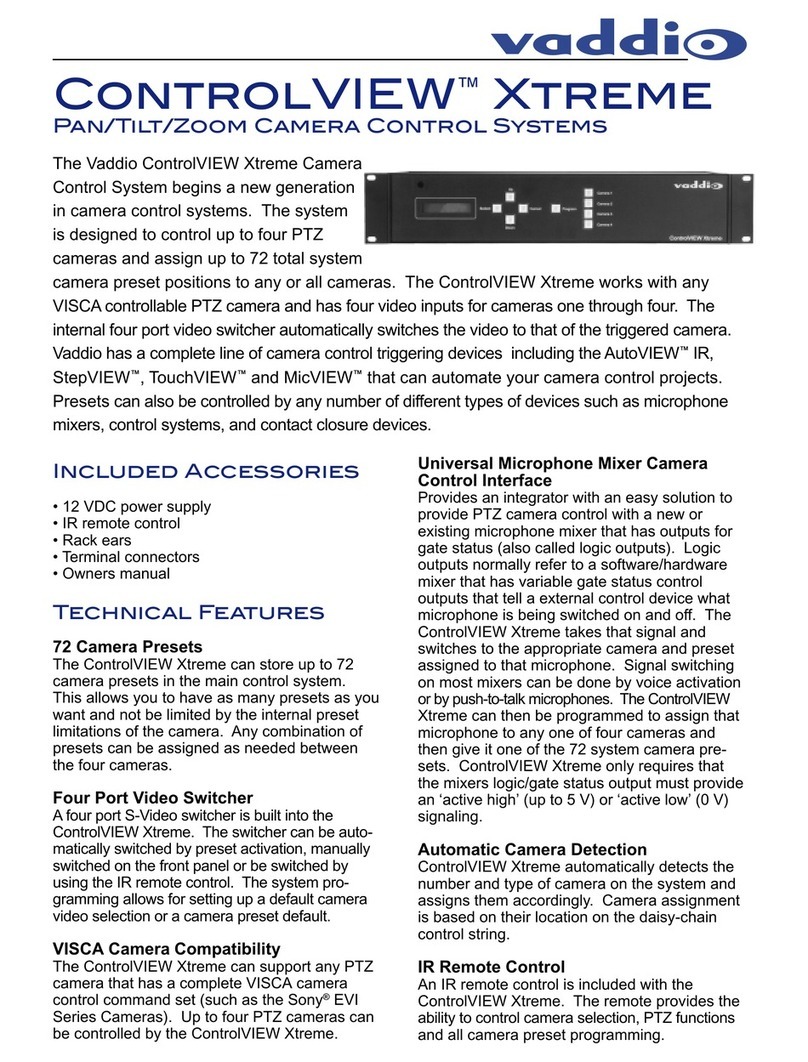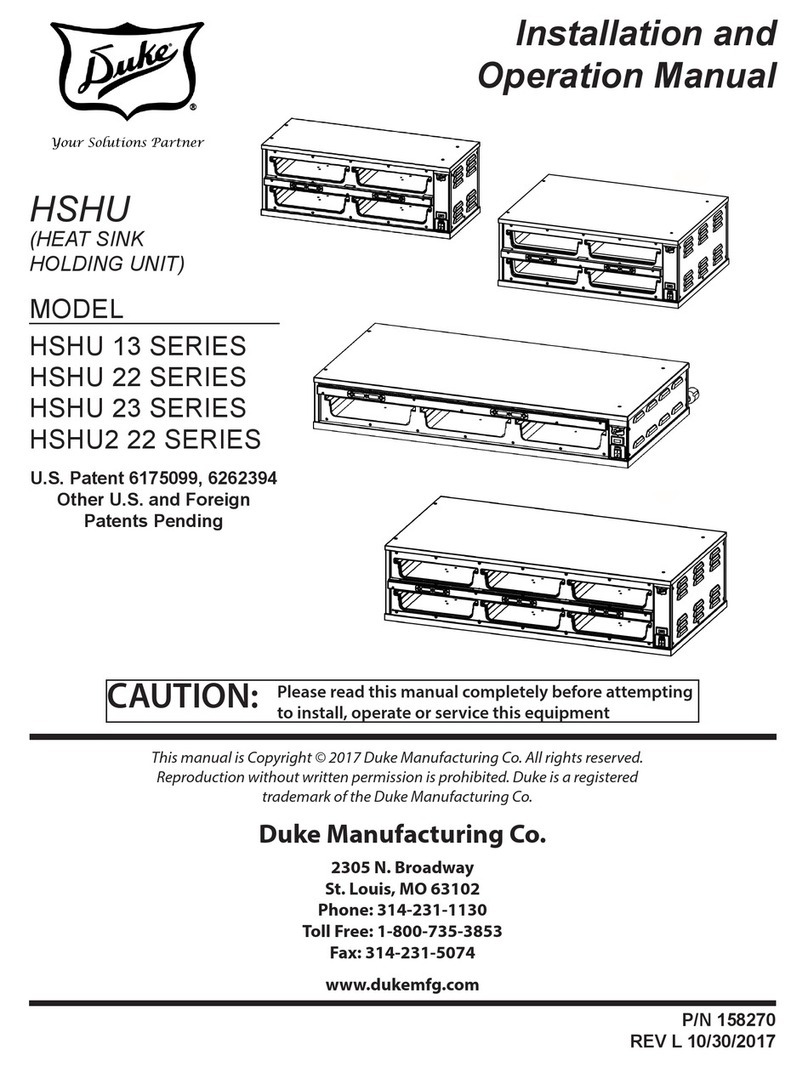Draganfly GCS User manual

GCS Aircraft Link GPS/SV PDOP
P1 ---- Set Clear ----
P2 ---- Set Clear ----
P3 ---- Set Clear ----
P4 ---- Set Clear ----
P5 ---- Set Clear ----
Open Mission Clear All Save Mission
Flight time: 00:00
Heading: 0
Distance: 0m
AGL: 0m
Speed: 0m/s
Solo
System Utilities
Disconnect
N
S
E
W
Shutdown Cancel
15.9 16.6 43.0 0.0 0.0
00:00:00 Software build hash number
00:00:00 DraganView Software Version Number
Scanning ... 15.9 0.0 0.0 0.0 0.0
Scanning ...
00:00:00 Software build hash number
00:00:00 DraganView Software Version Number
GCS USER MANUAL
Handheld Ground Control
System
Version 1.2

Operator Notice
The responsibility to operate in a safe manner, prevent injury to persons or damage to
property, and to take no unnecessary risks falls upon the owner and those whom the
owner authorizes to pilot and operate the Draganflyer helicopter.
Furthermore the onus is upon each owner/authorizer/pilot to comply with all regulations
pertinent to the use of the Draganflyer helicopter and associated components at the
location of operation with regards to the use of airspace as well as radio
communications.
Draganfly Innovations Inc. does not accept any responsibility for damages or financial
compensations which may arise as the result of an owner/authorizer/pilot failing to
comply with any regulations which would lead to a claim against the user.
Page 1

Warning
The Draganflyer helicopter is a precision machine that is vulnerable to misuse and can
prove to be dangerous if not properly maintained or used in an inappropriate manor.
Helicopters by their nature are not positively stable. Although the Draganflyer can
maintain an attitude and a position relative to wind movement without constant control
input; operators should always be aware of its position and be able to take immediate
control of the helicopter to recover from an unwanted position and avoid any mishaps.
Please completely read and understand all Draganflyer helicopter instructional
information before attempting to fly the Draganflyer aircraft.
To provide optimum performance, a Lithium Polymer battery powers your Draganflyer
helicopter and controllers. The same properties that make these batteries extremely
powerful and lightweight also make them dangerous if handled incorrectly. Please read
and understand all information pertaining to the battery before attempting to use or
charge it.
IF MISUSED THIS AIRCRAFT IS CAPABLE OF CAUSING SERIOUS BODILY HARM
TO THE OPERATOR AND SPECTATORS AS WELL AS PROPERTY DAMAGE. ANY
DAMAGE OR INJURY OCCURRING DUE TO MISUSE OF THIS PRODUCT IS
SOLELY THE OPERATOR’S RESPONSIBILITY.
Page 2
Special notice:
Throughout this manual, look for and pay special attention to these information
boxes for tips, tricks, safety information, or serious warnings and risks,
associated with this product.

DO NOT PLACE YOUR HANDS OR ARMS IN CLOSE PROXIMITY TO THE ROTORS
OR ATTEMPT TO STOP SPINNING ROTORS WITH YOUR HANDS AS SERIOUS
INJURY COULD RESULT FROM CONTACT.
THIS PRODUCT CONTAINS CHEMICALS WHICH ARE KNOWN BY THE STATE OF
CALIFORNIA TO CAUSE CANCER, BIRTH DEFECTS AND/OR OTHER
REPRODUCTIVE HARM.
Many common materials such as metals, plastics, glues, lubricants and other coatings
contain chemicals in varying amount and concentrations which will cause harm if
introduced into the human body. For further information on toxic or dangerous
chemicals please refer to California’s Health and Safety Codes Sections 25249.5-13
Page 3
Special notice:
We are always shocked, and you might also find it hard to believe, that
upon getting their new helicopter system many people want to take it apart
to see how it works.
Often to their dismay, all they learn is the helicopter and controller are as
beautiful on the inside as they are on the outside but more times than not,
they mix-up the motors or break something so our advice is please, just
enjoy the helicopter, the amazing GCS, and let your imagination soar with
this incredible aerial tool.
- Understand there is no need to lubricate the motors and often people
that don’t listen to us and do it anyway, end up damaging them.
- Please also understand that each motor is coded to a specific position on
the aircraft so don’t get the wild idea to move a motor from the back up to
the front. If you are experiencing a problem with the aircraft please just call
our support line at 1-800-979-9794 or drop us an e-mail to
support@draganfly.com.

Safety Precautions
As the pilot in command you are responsible for the safety of yourself and others
whether it be in the immediate takeoff and landing area, or the general flight path area.
Please take safety very seriously.
•Always wear protective eyewear.
•Do not use batteries other than those specifically designed for the Draganflyer
aircraft; doing so may cause erratic flight performance and void warranty.
•Do not fly the Draganflyer aircraft in excessive winds.
•Do not fly the aircraft system in rain.
•Do not fly near people on the ground or objects in the air.
•Do not fly near pets or other animals.
•Do not fly near high-tension lines, electrical substations, high structures or
communication facilities.
•Be careful where you place the controller and aircraft during flight
preparations, be sure that they will not be dropped or suffer a fall as this may
cause serious damage.
•Never fly this aircraft where damage to property or injury to persons may
result if loss of control occurs.
•Never leave the Draganflyer aircraft unattended with the battery connected.
Make it a habit to always disconnect the battery when not flying.
•When possible fly with a spotter or observer
Page 4

Meet your Draganflyer GCS
Over two years in the making and extra attention focused on the ergonomic layout of
switches, controls, the feel, and overall balance, we believe you will be very happy with
the new handheld Ground Control System (GCS) from Draganfly Innovations.
The feel reinforces control of the aircraft; the spoken audio alarms keep you informed,
and the direct sunlight viewable display provides aircraft telemetry, mapping, and crisp
digital video downlink display from the aircraft payload.
Below you see/learn more about the GCS front side controls.
Page 5
Pitch/Roll
Pitch/Roll trim
Power on/off
Scroll wheel and “D”Pad
mouse click
Return home
Camera tilt
Throttle/Yaw
Ball mouse

The first time you power-on the GCS you quickly realize this is more than just a
controller; this is a full blown, custom made computer. And no, we didn’t outsource the
GCS and just stick our name on it. The GCS was designed from the ground-up by the
engineering and software team at Draganfly Innovations.
Every curve, every button and every pixel was developed by the team so when it comes
time for systems support we can provide premium service.
Below you see the switches along the topside of the controller as well as ports and
connections along the bottom.
Page 6
Not used
Camera shutterEngage motors
Disengage motors
Speakers
Ethernet
Audio Mini USB
USB
Battery test
AUX. power
LiPo charge plug
LiPo balance plug

Backside controls of the GCS fall in-line with your natural grip. A more relaxed grip at the
controls results in confident control of the aircraft allowing you to spend more time
collecting data, shooting photos or searching an area.
One of the primary design goals of the helicopter system and GCS was to equip and
better enable the pilot in command with an effective tool to collect aerial data. By
offloading the stress of flying the aircraft the team can focus their attention on the real-
time analysis of the data provided by the aircraft because in the end, this isn’t all about
flying, it’s all about getting the work done.
Below you see the backside GCS controls.
Page 7
Zoom in control Zoom out control
Altitude hold or GPS position
hold switch
Data-link antennaVideo-link
antenna
Student training switch

Contents
Chapter 1: Understanding the GCS
This is one of the more interesting and important chapters
because we’ll go over each and every screen that makes up
the GCS DraganView System. It’s technical, in-depth, and
we’ll do our best to make it fun too.
Chapter 2: Battery Safety and Charging
The GCS is powered by a Lithium Polymer battery so please
take time to read this chapter. Lithium Polymer (LiPo) battery
technology has improved greatly over the years; but if not
cared for properly, the batteries can be very dangerous.
Chapter 3: Ready for flight
At this point you know where all the switches are, what they
do, and you’re more than ready to get out flying so wait no
more; in this chapter we’ll run through preparation for your
first flight and a typical mission scenario.
Chapter 4: GCS technical data
Here you’ll find the specifications and technical data
required to answer many of the questions asked by your
agency responsible for the National Air Space (NAS) or
neighbor down the street.
Page 8

Chapter 1
Page 9
Table of contents

















